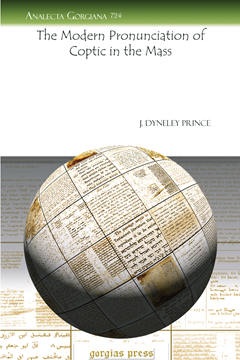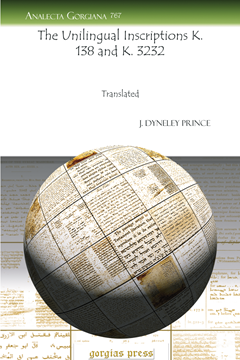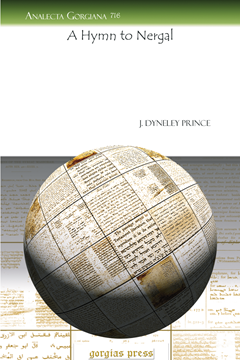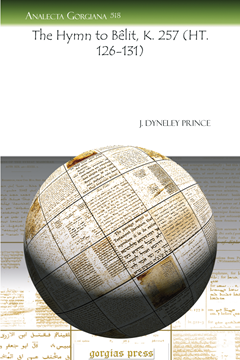J. Dyneley Prince
The Modern Pronunciation of Coptic in the Mass
Series: Analecta Gorgiana 724
ISBN: 978-1-61143-018-9
The name Copt is restricted to the sect which has formed the national Christian Church of Egypt. This article is an attempt to illustrate the main characteristics of the church Coptic as it is uttered in Egypt today.
$34.00 (USD)
The Unilingual Inscriptions K. 138 and K. 3232
Translated
Series: Analecta Gorgiana 767
ISBN: 978-1-61143-145-2
Three inscriptions are laid out, which directly relate to the Assyrian ceremony of the scapegoat. Many of the rites discusses in these inscriptions relate to those of the Israelites. Translations and commentaries are given of all three inscriptions.
$35.00 (USD)
Possible Non-Indo-European Elements in 'Hittite'
Series: Analecta Gorgiana 719
ISBN: 978-1-61143-013-4
Prince believes that Hittite shows marked non-Aryan peculiarities. He attempts to examine some important points in the morphology of Hittite in order to determine whether or not some of the most salient forms are of non-Aryan, rather than Indo-European.
$34.00 (USD)
A Hymn to Nergal
Series: Analecta Gorgiana 716
ISBN: 978-1-61143-010-3
The god Nergal had his residence at Cutha, according to numerous passages in cuneiform literature. The ancient king of Uruk, Singamil (ca. 2750 B.C.E.), was also a devoted adherent of the Nergal cult, and fostered his worship at Uruk itself.
$34.00 (USD)
The Hymn to Bêlit, K. 257 (HT. 126-131)
Series: Analecta Gorgiana 518
ISBN: 978-1-61719-033-9
The Sumerian hymn K. 257 is in the Emne-sal dialect, which is the non-Semitic designation for a variation of Sumerian. The focus of the hymn is the goddess Belit. However, no conclusion was reached about her origin.
$36.00 (USD)
The So-Called Epic of Paradise
Series: Analecta Gorgiana 516
ISBN: 978-1-61719-031-5
The article refutes many of the arguments Stephen Henry Langdon made in his article on the text “The Sumerian Epic of Paradise, Flood, and Fall of Man”. The essay concludes with the entire text laid out and a commentary.
$36.00 (USD)






